Instruction
Stickney: Why I switched from a mallet to a blade putter
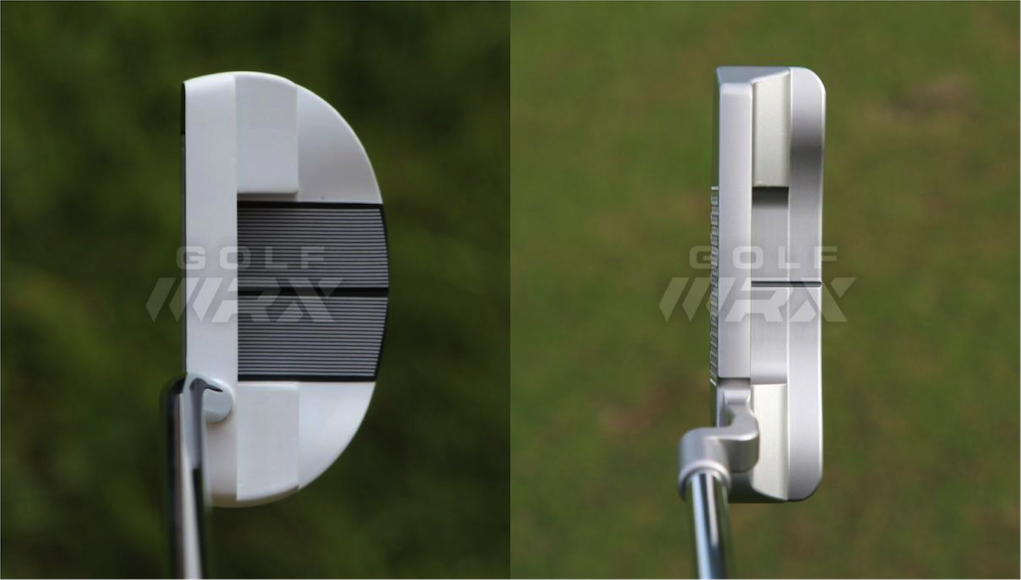
To be honest, I’m not much of an equipment freak. I know enough about the newest technology that I can be helpful to my students, but for my own game I definitely don’t sweat the small stuff as I would with my clients. In fact, it is very hard for me to change anything in my bag unless it performs significantly better for me. If it doesn’t, I stick with what’s familiar, because I don’t get to play or practice as much as I would like.
For that reason, when I test new clubs I always use technologies such as Trackman, Quintic, and the SAM PuttLab. These machines give me the relevant data on each club from top to bottom so I can compare them side by side. Everyone has their reasons to switch equipment, but for me, I like to find a club that helps eliminate my “miss.”
Let me give you an example of what I am talking about and how I would personally go about testing a new putter using the SAM Puttlab. Full disclosure; I’m not that good of a putter. My stroke isn’t that bad, but again, I don’t get to play or practice a lot. Also, I have a tendency to be uncomfortable over the ball, so I search for a putter that makes me comfortable.
In my quest to be a become a better putter and find comfort, I had Duane Anderson, the Head of Putter Fitting at The Kingdom at TaylorMade, fit me with a Taylormade Ghost Tour Fontana 72 putter. The thought was that the face-balanced, mallet putter would, by design, stay more square back and through the ball, thus making it easier for me to repeat my stroke. And Duane was 100 percent correct. It worked for a long time, and all was right with the world. However, over time I felt for whatever reason I could not get the path of the putter to exit more left. The mallet always seemed to move from in-to-out, and got worse the more I played.
After much debate, I decided to try a new design to see if it would make any difference in my path. I was also hopeful that a new putter would help me to discover some lost confidence. So I contacted Sean Toulon from Toulon Designs, a new putter company in Carlsbad, to try one of his heel-toe weighted, blade-style putters called The Madison.
You can see the the data from my test below, which pitted my TaylorMade mallet against the Toulon blade. Let’s analyze the Sam PuttLab numbers to see what worked for me.
Mallet Aim
Blade Aim
Takeaway: Both putters are fine on the aiming side.
Mallet Face Rotation
Blade Face Rotation
Takeaway: Both putters return slightly open at impact; however, the path with the mallet was in-to-out 2.9 degrees while the blade’s path was 2.7 degrees LEFT!
The resulting launch of the ball with the mallet was 1.2 degrees right, and only 0.3 degrees right with the blade. So for MY stroke only, at this time, the blade works better to eliminate my excessive in-to-out stroke and the ball starts closer to my intended line.
It’s funny how just changing the look and weighting of a putter can alter your path this much. I didn’t believe it at first, so I tested the putters several more times. The same thing happened again and again.
Mallet Path and Impact
Blade Path and Impact
Takeaway: As you look at my mallet stroke, you can see that due to the excessive in-to-out stroke, I contacted my putts all over the face. This alters the consistency of the speed off the blade. I had a much more consistent impact point with the blade. Yes, it was on the heel, but at least it was predictable.
Mallet Face rotation
Blade Face rotation
Takeaway: One thing about the mallet putter, as previously stated; it does not open and close as much as a blade putter does. But the difference was minor, surprisingly.
I was always a golfer who practiced on a chalkline and believed in the square-to-square method, as most people did in the late ’80s and early ’90s when I was playing in college. For that reason, I preferred mallets and have little putter face rotation to this day. However, you can see that the blade putter actually is more consistent for me in regards to the rotation phase of the stroke, so actually the change is good.
Mallet Stroke
Blade Stroke
If you look at the bottom-right graph showing forward swing acceleration, you will see that the mallet putter’s “flat spot” slopes slightly downward, showing a decrease of acceleration though impact, which I like for faster greens. The blade putter’s “flat spot,” however, slopes slightly upward, showing an added acceleration. That can lead to the ball jumping off the blade from time to time. I don’t mind a few things getting better while a thing or two gets worse, and in my case I have always had good speed control. So the added acceleration shouldn’t be an issue. If it becomes an issue, I can always change the weighting of the putter itself.
What I Learned
In testing, the blade putter seems to work better and eliminate my consistent swing path issue, and this has been proven by the SAM. I need to test this on the golf course under pressures to find out if in fact it works as stated. Sometimes, you’ll find it will transfer fully; other times, only a few things will transfer. Other times, it works only in testing. The golf course is the real test, and the only test that truly matters to your scorecard.
I do know by looking at the data, however, that the TaylorMade Mallet works for me, but has some limitations. The Toulon blade works better for me in testing, proving sometimes change is good… but is it?
- LIKE154
- LEGIT23
- WOW10
- LOL10
- IDHT7
- FLOP17
- OB13
- SHANK162
Instruction
Clement: Laid-off or perfect fade? Across-the-line or perfect draw?

Some call the image on the left laid off, but if you are hitting a fade, this could be a perfect backswing for it! Same for across the line for a draw! Stop racking your brain with perceived mistakes and simply match backswing to shot shape!
- LIKE0
- LEGIT0
- WOW0
- LOL0
- IDHT0
- FLOP0
- OB0
- SHANK1
Instruction
The Wedge Guy: The easiest-to-learn golf basic

My golf learning began with this simple fact – if you don’t have a fundamentally sound hold on the golf club, it is practically impossible for your body to execute a fundamentally sound golf swing. I’m still a big believer that the golf swing is much easier to execute if you begin with the proper hold on the club.
As you might imagine, I come into contact with hundreds of golfers of all skill levels. And it is very rare to see a good player with a bad hold on the golf club. There are some exceptions, for sure, but they are very few and very far between, and they typically have beat so many balls with their poor grip that they’ve found a way to work around it.
The reality of biophysics is that the body moves only in certain ways – and the particulars of the way you hold the golf club can totally prevent a sound swing motion that allows the club to release properly through the impact zone. The wonderful thing is that anyone can learn how to put a fundamentally sound hold on the golf club, and you can practice it anywhere your hands are not otherwise engaged, like watching TV or just sitting and relaxing.
Whether you prefer an overlap, interlock or full-finger (not baseball!) grip on the club, the same fundamentals apply. Here are the major grip faults I see most often, in the order of the frequency:
Mis-aligned hands
By this I mean that the palms of the two hands are not parallel to each other. Too many golfers have a weak left hand and strong right, or vice versa. The easiest way to learn how to hold the club with your palms aligned properly is to grip a plain wooden ruler or yardstick. It forces the hands to align properly and shows you how that feels. If you grip and re-grip a yardstick several times, then grip a club, you’ll see that the learning curve is almost immediate.
The position of the grip in the upper/left hand
I also observe many golfers who have the butt of the grip too far into the heel pad of the upper hand (the left hand for right-handed players). It’s amazing how much easier it is to release the club through the ball if even 1/4-1/2″ of the butt is beyond the left heel pad. Try this yourself to see what I mean. Swing the club freely with just your left hand and notice the difference in its release from when you hold it at the end of the grip, versus gripping down even a half inch.
To help you really understand how this works, go to the range and hit shots with your five-iron gripped down a full inch to make the club the same length as your seven-iron. You will probably see an amazing shot shape difference, and likely not see as much distance loss as you would expect.
Too much lower (right) hand on the club
It seems like almost all golfers of 8-10 handicap or higher have the club too far into the palm of the lower hand, because that feels “good” if you are trying to control the path of the clubhead to the ball. But the golf swing is not an effort to hit at the ball – it is a swing of the club. The proper hold on the club has the grip underneath the pad at the base of the fingers. This will likely feel “weak” to you — like you cannot control the club like that. EXACTLY. You should not be trying to control the club with your lower/master hand.
Gripping too tightly
Nearly all golfers hold the club too tightly, which tenses up the forearms and prevents a proper release of the club through impact. In order for the club to move back and through properly, you must feel that the club is controlled by the last three fingers of the upper hand, and the middle two fingers of the lower hand. If you engage your thumbs and forefingers in “holding” the club, the result will almost always be a grip that is too tight. Try this for yourself. Hold the club in your upper hand only, and squeeze firmly with just the last three fingers, with the forefinger and thumb off the club entirely. You have good control, but your forearms are not tense. Then begin to squeeze down with your thumb and forefinger and observe the tensing of the entire forearm. This is the way we are made, so the key to preventing tenseness in the arms is to hold the club very lightly with the “pinchers” — the thumbs and forefingers.
So, those are what I believe are the four fundamentals of a good grip. Anyone can learn them in their home or office very quickly. There is no easier way to improve your ball striking consistency and add distance than giving more attention to the way you hold the golf club.
More from the Wedge Guy
- The Wedge Guy: Golf mastery begins with your wedge game
- The Wedge Guy: Why golf is 20 times harder than brain surgery
- The Wedge Guy: Musings on the golf ball rollback
- LIKE88
- LEGIT15
- WOW6
- LOL1
- IDHT0
- FLOP4
- OB1
- SHANK8
Instruction
Clement: Stop ripping off your swing with this drill!

Not the dreaded headcover under the armpit drill! As if your body is defective and can’t function by itself! Have you seen how incredible the human machine is with all the incredible feats of agility all kinds of athletes are accomplishing? You think your body is so defective (the good Lord is laughing his head off at you) that it needs a headcover tucked under the armpit so you can swing like T-Rex?
- LIKE0
- LEGIT3
- WOW2
- LOL0
- IDHT0
- FLOP0
- OB0
- SHANK2
-

 19th Hole2 weeks ago
19th Hole2 weeks agoJustin Thomas on the equipment choice of Scottie Scheffler that he thinks is ‘weird’
-

 19th Hole2 weeks ago
19th Hole2 weeks ago‘Absolutely crazy’ – Major champ lays into Patrick Cantlay over his decision on final hole of RBC Heritage
-

 19th Hole3 weeks ago
19th Hole3 weeks agoBrandel Chamblee has ‘no doubt’ who started the McIlroy/LIV rumor and why
-

 19th Hole2 weeks ago
19th Hole2 weeks agoLET pro gives detailed financial breakdown of first week on tour…and the net result may shock you
-

 19th Hole6 days ago
19th Hole6 days agoGary Player claims this is what ‘completely ruined’ Tiger Woods’ career
-

 Whats in the Bag1 week ago
Whats in the Bag1 week agoTeam McIlowry (Rory McIlroy, Shane Lowry) winning WITBs: 2024 Zurich Classic
-

 19th Hole3 weeks ago
19th Hole3 weeks agoTaylorMade signs 15-year-old AJGA Rolex Junior Player of the Year to an NIL contract
-

 19th Hole1 week ago
19th Hole1 week agoLIV star splits with swing coach after working together for 14 years

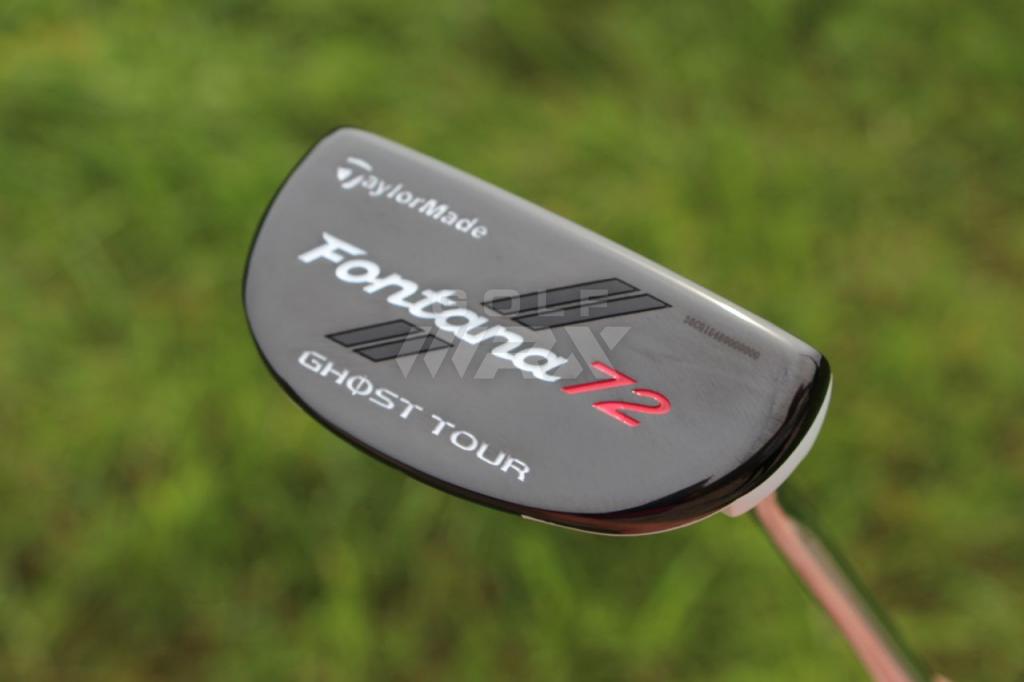
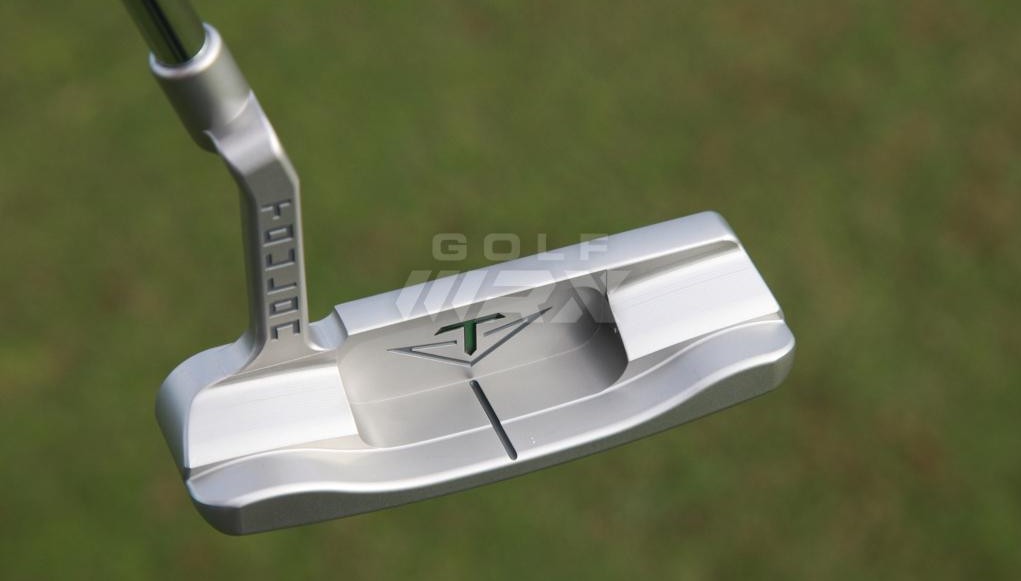

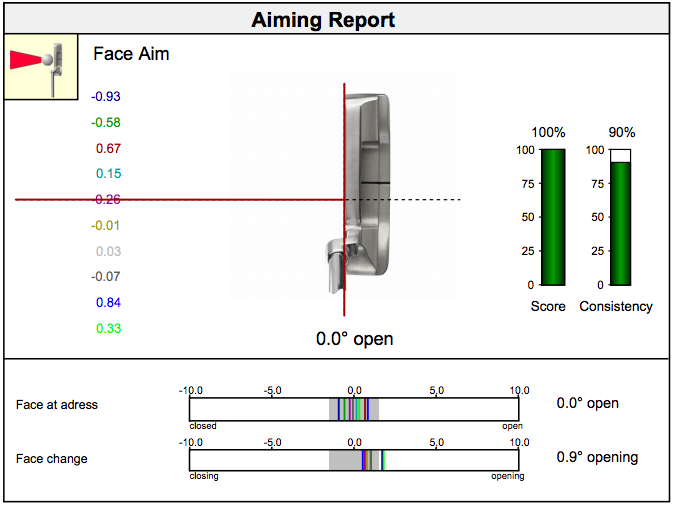
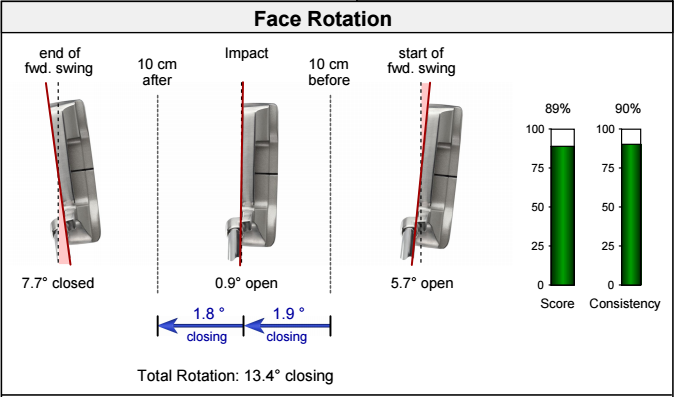
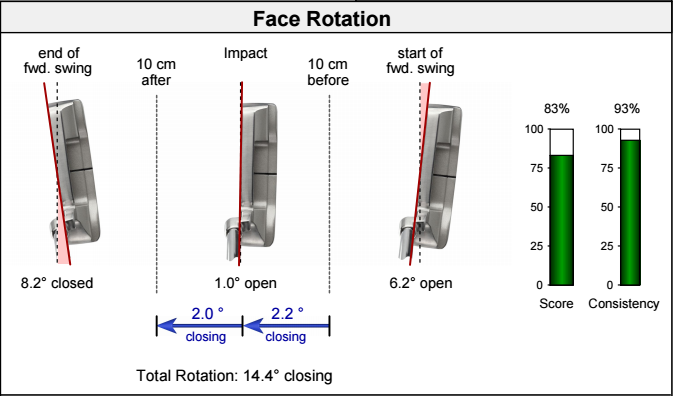
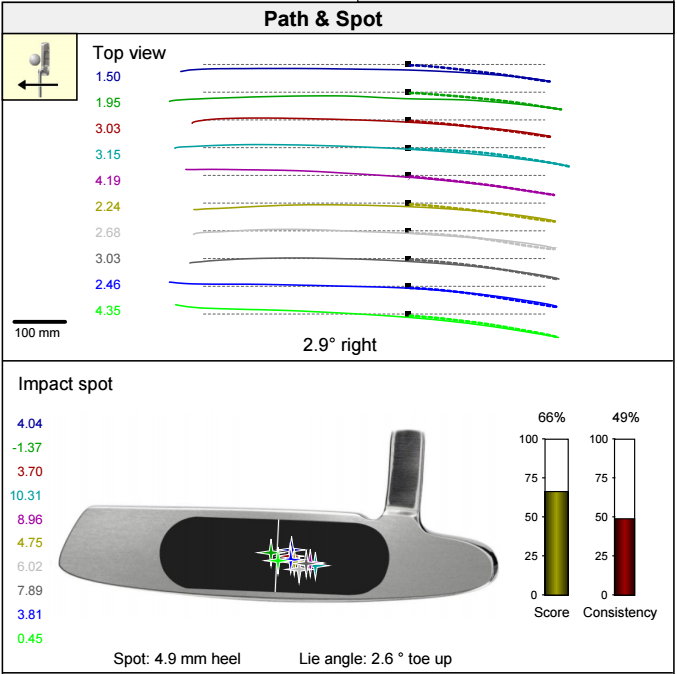
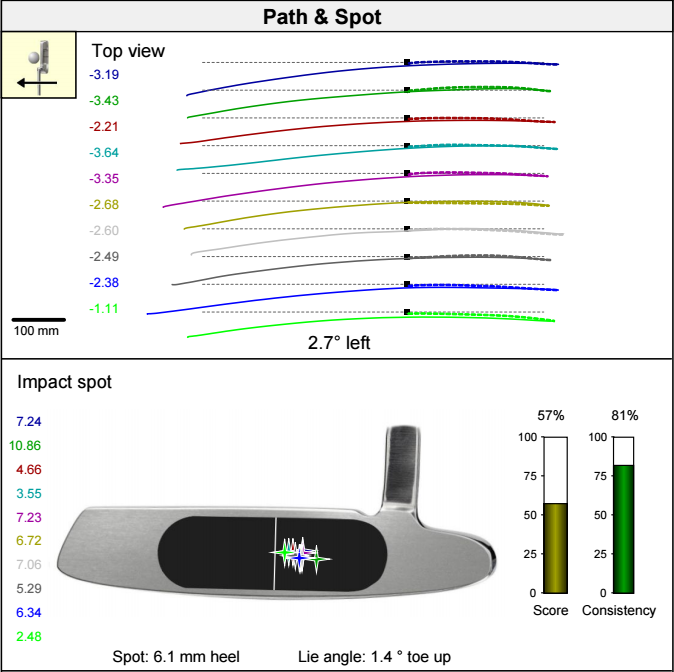
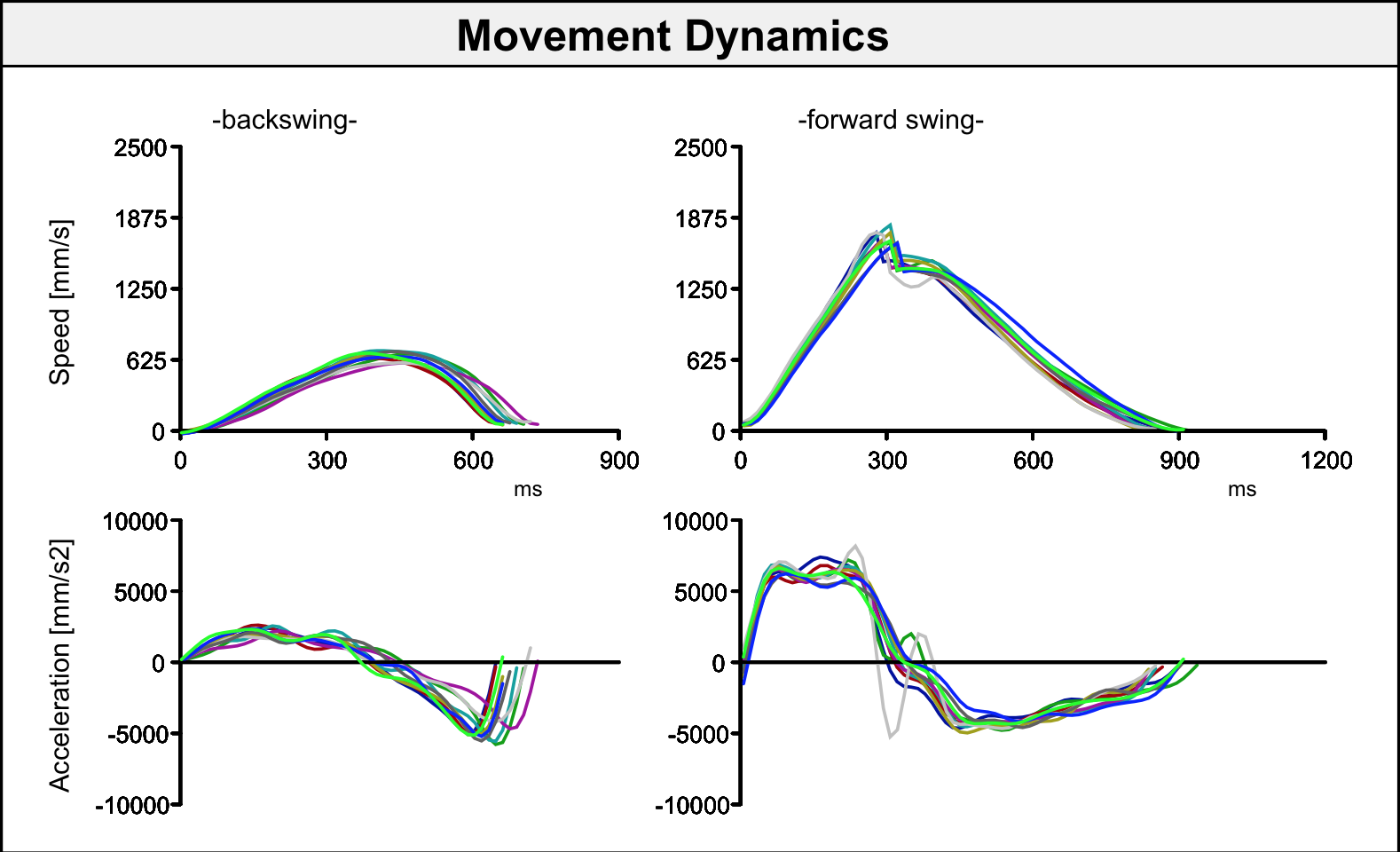
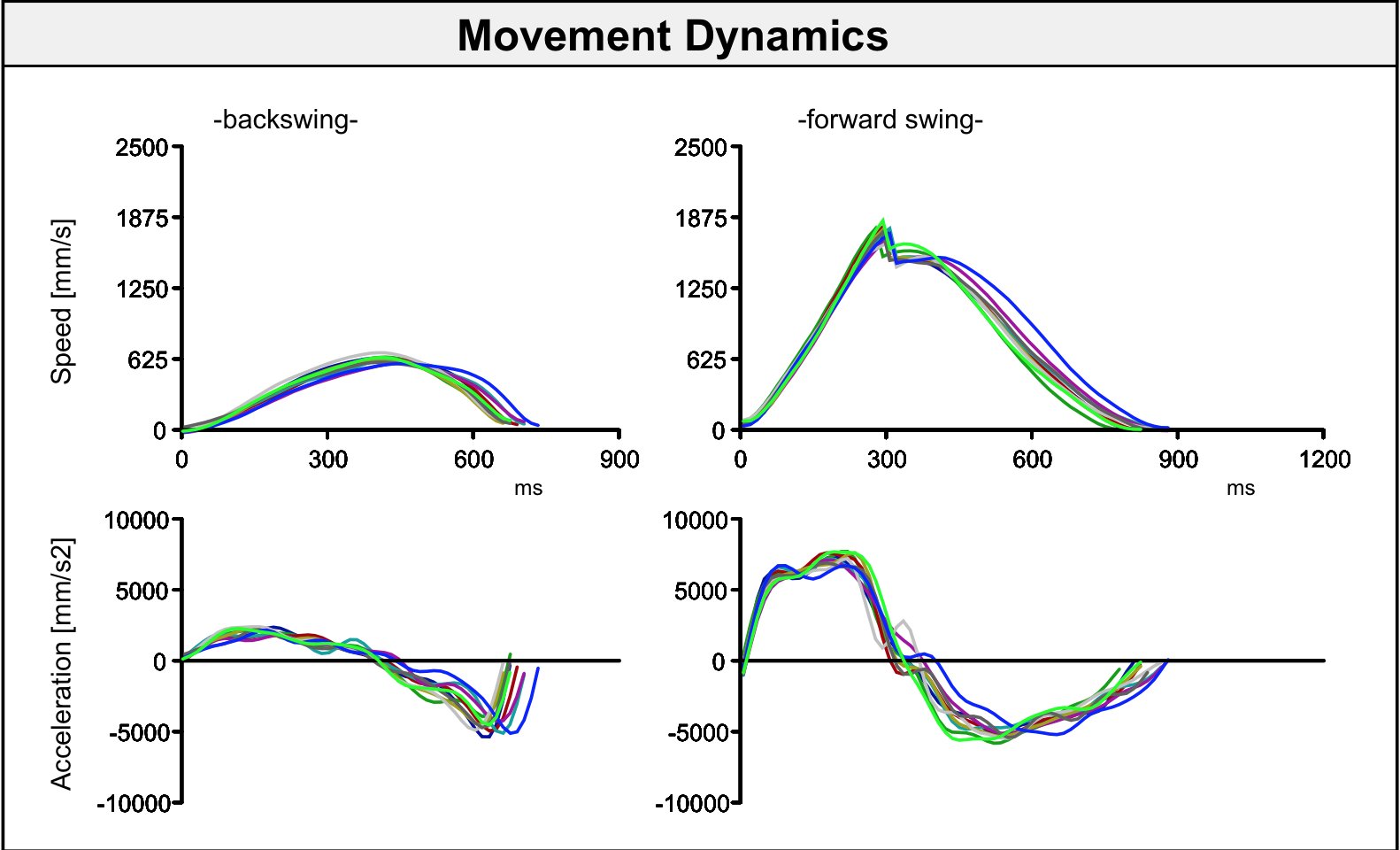










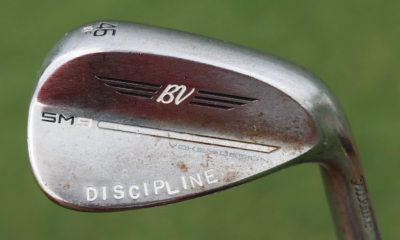







Gary
Apr 27, 2017 at 11:22 pm
Very simple message to Tom Stickney II and all contributors to GolfWrx, I appreciate your articles and the fact that you take the time to read and respond to comments posted. Many times your response to questions posed clarifies information for the reader, and is appreciated.
I have no idea why golf enthusiasts would post negative comments or attack any contributors personally.
Read, learn, ask questions, and get better.
If you do not like the article, move on.
Desmond
Apr 2, 2017 at 8:55 am
After being fit by Edel, I play a mallet with no offset because it’s easier to see the line on which I want to start the ball. After that, it is technique. If you are in to out on path, that’s more easily resolved with a lesson on technique rather than aim.
Desmond
Apr 2, 2017 at 8:58 am
Need to add other factors are involved in selecting a head besides aim – hosel, offset, weight, balance, sightlines, etc.
Lowell
Jan 23, 2017 at 6:08 pm
Wow Tom you are the director of instruction on Vidanta. Awesome. I love the grand Mayan and the people there. Wish I could have taken my clubs. Was really tempted to borrow a set and tee it up. When I was there last June, they were building the Golf pro shop or where people would check in to play golf, visitors and guests alike. Hopefully I can tee it up there in the near future.
Stretch
Jun 3, 2016 at 10:28 pm
I love seeing the Trackman figures and have learned from your Trackman skills. How ever there is a statistical void in this study that I would love to see explored with Trackman. The weakness is the technology is terrific how it can show weak and strong patterns for the student to work on to improve scoring and ball striking. Correct me if I am wrong about the arcing in and then arcing in putting stroke that is going down the line for a minimum time. To roll the ball in a manner to create the highest likelyhood of rolling in the putter head must chase down the line with the minimal arcing motion left for a rightie. The kicker is even when the optimal stroke is created making putts when needed do not result. This is the problem with putting instruction as it does not take into consideration where the player is looking. A great stroke and poor aim result in all sorts of maladies loosely lumped as yips.
Bert
Jun 3, 2016 at 9:41 pm
Blade? An 8802 is a blade putter. This putter is nothing more than another Ping clone.
Dan
Jun 4, 2016 at 12:48 pm
What a stupid comment. A Ping clone as you call is categorized as a blade putter too!
Bert
Jun 5, 2016 at 9:18 pm
Not really
Bert
Jun 5, 2016 at 9:22 pm
Another point, I never said I didn’t like the article. It’s well thought out and well written and care has been taken to help not hinder the reader.
gofish721
Jun 3, 2016 at 1:16 pm
I had the original 1996 Newport for about 10 years and putted fairly well with it. Then in 2006 I tried the Red X mallet and never bagged the Newport again for a round. My inside 10 feet putting stats were notably better knee knocker 4 footers were in my high confidence level. A mallet worked great for me as I saw a drop in my handicap and I didn’t need a Sam Putt Lab to tell me that. As a rocket scientist for the government (really am) I love data and analysis. But the only stat I wanted regarding putting was my scoring average and putts/round.
Besides, maybe your aim for the mallet might be 0.2 degrees closed, but if you mistakenly picked a line or stroked your putt 0.2 degrees off/wrong to the right of the hole… BINGO!
Don OConnor
Jun 2, 2016 at 11:33 pm
Hey Steve,
The round was last year at Rustic Canyon in SoCal. It was a SCGA mid-am qualifier. It’s on record. I’m not selling fairy dust just letting you naysayers know that Tom can help you with your game.
steve
Jun 3, 2016 at 9:13 am
Didnt question that. One lesson made 7 birdies for you, without the lesson no birdies? That was the fairy dust
tlmck
Jun 2, 2016 at 10:21 pm
Or… You could adopt a grip and stroke where the putter does not matter.
Bob Pegram
Jun 3, 2016 at 1:39 pm
The weight distribution of the putter always matters, It is physics.
Milo
Jun 2, 2016 at 9:57 pm
I still game my OG Futura, it’s very nice.
Don OConnor
Jun 2, 2016 at 5:55 pm
I feel compelled to post a comment because I have actually taken a lesson from Tom. The day after that lesson I made 7 birdies and 6 of them where from inside 10 feet in a legitimate mid-am tournament. He knows more than most about the game. To question a man’s integrity without knowing him is a joke. He does these posts to help golfers first and foremost. The haters out there don’t improve at this game because they think they have a game that can’t be mastered figured out. This game is a journey not a conquest.
Steve
Jun 2, 2016 at 7:26 pm
One lesson and 7 birdies. Wow your a joke, sell your tonic somewhere else. How many birdies without the magical fairy dust lesson?
gdb99
Jun 2, 2016 at 7:55 pm
Wow is right.
tom stickney
Jun 3, 2016 at 10:25 pm
Too nice…thank you for your support! I hope you are well. Go see Dale Abraham at Bighorn this winter, tell him I sent you.
golfraven
Jun 2, 2016 at 3:48 pm
I made same experienced. Played a semi-mallet Scotty Del Mar for years as I originally liked a similar putter I played on a round but I was never 100% comfortable as with a blade. Moved this season back to a blade putter and likely will stick with it in future. Anser/Studio style models just suit me best and if you look on Tour you will see that most pros have those in the bag.
larrybud
Jun 2, 2016 at 3:12 pm
OMG, the whiners on here. Tom, as an instructor, don’t you think you should change you setup slightly so you’re not so heel-biased? Just standing another inch or so from the ball might just change your path. I know when I get too close, I have a tendency go take the putter outside the line, and that results in cutting across it. One might think a putter change would help (and it might), but it would be better if you were making center contact.
skip
Jun 2, 2016 at 2:04 pm
it’s not the arrow, it’s the Indian.
Rob
Jun 2, 2016 at 5:05 pm
But the arrow can effect the Indian.
Cr
Jun 2, 2016 at 6:13 pm
Indians don’t use crooked bow nor arrows
Chuck D
Jun 2, 2016 at 1:44 pm
I was thinkin’ the diagram would have helped to show an actual mallet putter. Two blades was shown was ehhhh.
gdb99
Jun 2, 2016 at 7:53 pm
I think that’s how the SAM shows the data, not something that can change for the article. I could be wrong though.
steve
Jun 2, 2016 at 1:18 pm
Wow talk about doing anything for a free putter. And who cares why you would switch? Gringe worthy plug for a putter maker. Hope you got more then a free putter
tom stickney
Jun 3, 2016 at 10:30 pm
Once again you troll this site and make negative comments on every article posted from myself and others…love to hear YOUR thoughts on golf instruction since you seem to be displeased with our stuff. We will all be waiting for your article…
S
Jun 4, 2016 at 10:03 am
Tom…Great article. As someone who has done thousands of putter fittings with SAM working for an OEM and most recently, a Top 100 Fitter, I can assure these clowns who always find the negative in these articles that a properly fitted putter can make a huge difference. Head design, length, loft, lie and weight balance makes a significant difference in putter movement. Putters are fit to stroke patterns and tendencies. SAM is a great stroke monitor that allows teachers and fitters focus on areas that need improvement. Trolls can eat a d*ck and continue to claim they drive it 300 and and shoot in the 70’s without instruction.
Tank
Jun 5, 2016 at 3:19 pm
That’s what you get for trying to be the golf wrx pro! Apparently you are a Golf Magazine Top 100 Teacher, and has been honored as a Golf Digest Best Teacher and a Golf Tips Top-25 Instructor. Tom is also a Trackman University Master/Partner, a distinction held by less than 60 people in the world…. Why waste your time here posting articles that take way to many words to make a common sense point. Then get all but hurt when people chirp you for doing just that. WHY WHY WHY? keep wasting your time on golf wrx bud, Everyone appreciates it hahaha. You know people are idiots online. Seriously get a grip…
Dennis
Jun 2, 2016 at 12:30 pm
We really have become a country of whiners. Always finding faults in others to keep from having to look at ourselves. Such a shame.
alexdub
Jun 2, 2016 at 11:50 am
Take off the rose colored glasses–there was no shameless plug for Tulon in this article.
Weekend Duffer
Jun 2, 2016 at 10:54 am
Can we get some articles that aren’t shameless product shilling for once?
Kevin
Jun 2, 2016 at 11:04 am
This article showed insite on putter fitting. Something most golfers don’t do, but should
Geoff
Jun 2, 2016 at 11:16 am
They could have done it without the shameless plug for Toulon.
Adam
Jun 2, 2016 at 12:41 pm
They barely mentioned Toulon lol!